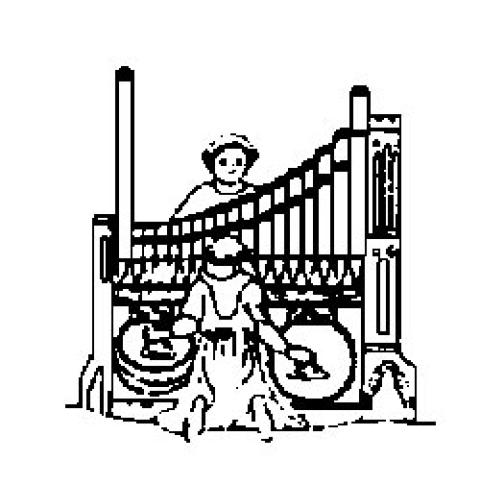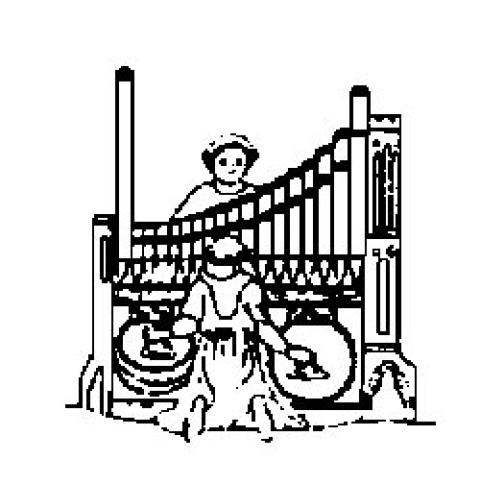Carolyn Shuster Fournier is a French-American organist and musicologist living in Paris, France, where she is titular of the Aristide Cavaillé-Coll choir organ at La Trinité Church. An international concert organist, she wrote her doctoral thesis on Aristide Cavaillé-Coll’s secular organs. Her writings on French music and organs have appeared in numerous reviews.

The Neue Bachgesellschaft has organized a series of Europa Bach Festivals, which will take place periodically in large European cities. The first festival occurred in Paris and its region from September to December 2005. It was organized by Martin Petzoldt, the president of the Neue Bachgesellschaft in Leipzig; Rudolf Klemm, director of the French Section of the Neue Bachgesellschaft; and notably by its director, the musicologist Gilles Cantagrel, a Bach specialist, author of Bach et son temps and Le Moulin et la rivière, air et variations sur Bach (Paris, Fayard), and a member of the advisory committee of the Bach-Archiv Foundation in Leipzig.
Inspired by Bach’s writings “for the entertainment of amateurs,” this festival offered high-quality music for all types of audiences in at least forty different locations: concert halls, churches, and historic castles. Its universal approach has welcomed various interpretations and responses to Bach’s music (Baroque, Romantic, modern, even jazz) on a variety of organs and with numerous musical formations. In addition to the concerts, there have been lectures, international symposiums, expositions, and presentations for children.
At the German Evangelical Church in Paris, the organist Helga Schauerte-Maubouet gave fourteen concerts on the 1964 Detlef Kleuker organ with commentaries by Gilles Cantagrel. Entitled “Bach & B” (Bach and Buxtehude, Böhm, Boëly, Brahms . . . ), these concerts symbolize the name of BACH (B=2, A=1, C=3, H=8). Two fine presentations accompanied them: Martin Petzoldt’s excellent exposition “Bach and the Bible” was complemented by two films that are available in DVD. The first film is a DVD made by France 2 Television on the life of J. S. Bach and was filmed in Germany (in Arnstadt and Leipzig). The second film presents François Delhumeau’s construction in 2004 of the organ at the church of Pontaumur (near Clermont-Ferrand), an exact replica of the historic Bach organ in Arnstadt. An exposition also provides details about two eminent Bach festivals in France: the first Bach Festival in France took place in 1962 at Saint-Donat-sur-l’Herbasse (in the Drôme); the second one occurred more recently: “Bach in Combrailles”, created by Jean-Marc Thiallier, and featuring the Pontaumur organ. Martin Petzoldt summed up his wishes for this first Europa Bach Festival in Paris by citing several lines of Johann Christoph Gottsched’s funeral ode written for the funeral in 1727 of Christiane Eberhardine, the Princess of Saxony:
May Bach’s music
Resound within us each day
And bring to all of Europe
An expression of our joy.
For more information:




